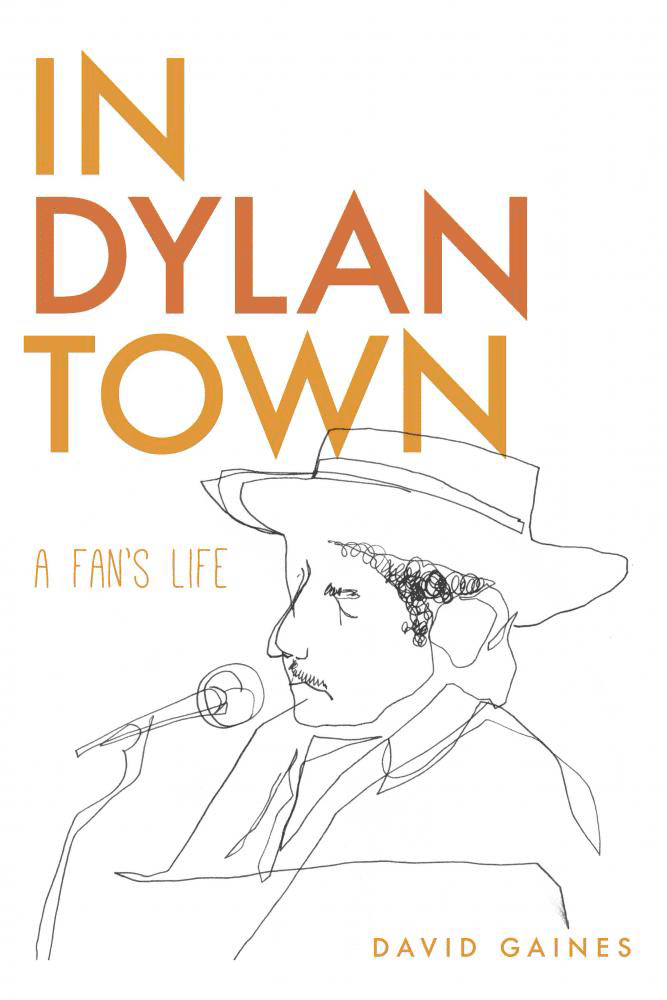From Baby Boomers to millennials, attending a big music festival has basically become a cultural rite of passage in America. In Half a Million Strong, music writer and scholar Gina Arnold explores the history of large music festivals in America and examines their impact on American culture. Studying literature, films, journalism, and other archival detritus of the countercultural era, Arnold looks closely at a number of large and well-known festivals, including the Newport Folk Festival, Woodstock, Altamont, Wattstax, the New Orleans Jazz and Heritage Festival, Hardly Strictly Bluegrass, and others to map their cultural significance in the American experience. She finds that—far from being the utopian and communal spaces of spiritual regeneration that they claim for themselves—these large music festivals serve mostly to display the free market to consumers in its very best light.
“At a moment when music festivals proliferate as both music and marketing phenomena, Gina Arnold deftly explores their fascinating history in this compulsively readable book. Arnold, as always, writes conversationally, as if she’s actively thinking on the page—generating fresh ideas as they occur to her and following them in previously unexplored directions. That excites the reader’s own thinking—and makes this book inspiring and a great, welcome pleasure.”—Anthony DeCurtis, author, Lou Reed: A Life
“Half a Million Strong tracks the rapid rise of the festivalization of music, and outlines what it means to truly love and live through music and to be in community with other people who do too. With this book, Arnold offers a very necessary examination of just how we got here, as well as a rich, accessible history that is mandatory reading for anyone who has ever spent a day in a muddy field screaming along with their favorite band.”—Jessica Hopper, author, The First Collection of Criticism by a Living Female Rock Critic
“From audience reactions to Dylan going electric at Newport in 1965 to Wattstax in Los Angeles in 1972 to the lost U.S. Festival in the 1980s and beyond, Gina Arnold’s wonderful individual take on what being at a rock festival means offers new insights by focusing not on the stage, but on us, the festival-going crowd.”—George McKay, University of East Anglia
“A much-needed, well-observed reevaluation of rock-and-roll audiences from a writer with decades in the trenches. An illuminating, historically informed conversation-starter for anyone with a stake in a live music community.”—Jesse Jarnow, author, Heads: A Biography of Psychedelic America



